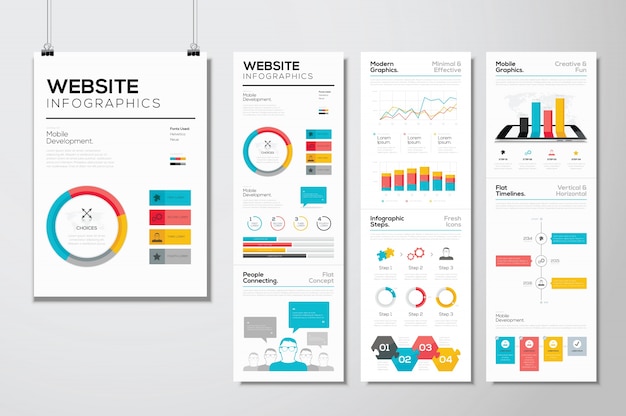Website Style Fundamentals: Tips For Building A User-Friendly Site
Website Style Fundamentals: Tips For Building A User-Friendly Site
Blog Article
Content Author-McKnight Skinner
When it pertains to site style, guaranteeing user-friendliness is vital. From receptive layout to streamlined navigating, every aspect plays an important duty in producing a site that satisfies your target market's demands. Yet what about the better details that can make or damage an individual's browsing experience? Keep tuned as we reveal some often-overlooked pointers that can elevate your website's use to the next level, making it genuinely attract attention in the digital landscape.
Significance of Responsive Style
Responsive design is an important element of modern internet site advancement. Guaranteeing your web site is receptive means that it can adjust to different screen sizes and tools, supplying a seamless experience for users.
With the increasing use mobile phones and tablets to access the web, having a responsive design is vital for getting to a wider target market. It aids in improving user experience by making your internet site very easy to browse and read on any type of device.
In addition, responsive design can favorably affect your search engine positions, as internet search engine like Google prioritize mobile-friendly websites. By having https://www.thedrum.com/opinion/2021/12/02/the-fundamentals-cross-channel-digital-marketing-strategy , you're additionally future-proofing your web site, as new devices with varying screen sizes continue to emerge.
Simplify Navigation Structure
To boost user experience and promote very easy accessibility to information on your web site, streamlining the navigation framework is paramount. When designing your website, focus on creating a clear and instinctive navigation food selection that assists visitors locate what they're trying to find quickly.
Limit the number of food selection products to the essentials, organizing relevant web pages with each other to prevent frustrating users. Use detailed tags that clearly show the content of each web page, making it easier for users to recognize where each link will take them.
Consider carrying out dropdown food selections for subcategories to avoid jumbling the main navigation bar. Furthermore, include a search bar prominently on the web page for users that prefer searching for certain details.
Focus on mobile responsiveness in your navigation layout to ensure easy accessibility on all gadgets.
Optimize Web Page Tons Speed
Improving page load speed is critical for retaining visitors on your website. Slow-loading web pages discourage customers and can bring about high bounce rates. To maximize web page tons speed, beginning by optimizing photos. Press pictures without compromising top quality to minimize their data sizes.
Furthermore, enable internet browser caching to keep often accessed sources in your area, quickening lots times for returning visitors. Minify CSS, JavaScript, and HTML documents by eliminating unnecessary personalities, remarks, and formatting, improving load speed.
Consider using click here for more (CDN) to disperse your internet site's material throughout multiple servers worldwide, lowering latency for individuals accessing your website from various areas. Finally, limit making use of third-party scripts and plugins, as they can considerably influence lots times.
Final thought
In conclusion, by including receptive layout, streamlining navigation, and maximizing page tons speed, you can create an user-friendly website that attract a wider audience and boosts individual experience. These essential elements ensure that site visitors can quickly gain access to and navigate your website throughout various devices, resulting in increased engagement and satisfaction. By focusing on these essential aspects, you can build an effective site that keeps individuals coming back for even more.
